- Catherine
Harper Ross
Answered on 8:46 am
Unified Fabric Manager (UFM) is a specific product suite that is widely used in high-performance computing to manage and optimize InfiniBand networks. The recommended size of the cluster for using UFM depends on several factors:
- Management requirements: When a cluster is large, manual management and maintenance may become difficult. UFM can automate many routine operations and provide in-depth analysis and monitoring capabilities to improve operational efficiency. For smaller clusters, it may also be beneficial for management and tuning.
- Economic considerations: For small clusters, you may not need to invest in the economic cost of purchasing a complex management platform like UFM. However, if the cluster size is medium or larger (such as 50-100 nodes or more), it may be more economical to invest in a UFM because it can save a lot of management and maintenance labor time.
- Performance requirements: Using UFM can effectively optimize network communication, thereby improving application performance. If your application has high-performance requirements, it may be beneficial to use UFM, regardless of the size of your cluster.
- Error diagnosis and firmware upgrades: In large clustered environments, error diagnosis and firmware upgrades can be complicated. UFM can provide automated tools to help diagnose and fix problems, as well as handle firmware upgrades, which can be especially valuable in large clustered environments.
People Also Ask
Related Articles
800G SR8 and 400G SR4 Optical Transceiver Modules Compatibility and Interconnection Test Report
Version Change Log Writer V0 Sample Test Cassie Test Purpose Test Objects:800G OSFP SR8/400G OSFP SR4/400G Q112 SR4. By conducting corresponding tests, the test parameters meet the relevant industry standards,
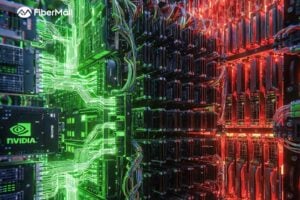
InfiniBand vs. Ethernet: The Battle Between Broadcom and NVIDIA for AI Scale-Out Dominance
The Core Battle in High-Performance Computing Interconnects Ethernet is poised to reclaim mainstream status in scale-out data centers, while InfiniBand continues to maintain strong momentum in the high-performance computing (HPC)
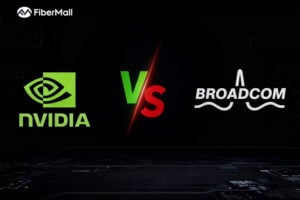
From AI Chips to the Ultimate CPO Positioning Battle: NVIDIA vs. Broadcom Technology Roadmap Showdown
In the era driven by artificial intelligence (AI) and machine learning, global data traffic is multiplying exponentially. Data center servers and switches are rapidly transitioning from 200G and 400G connections
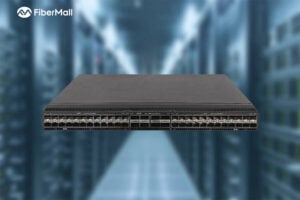
H3C S6550XE-HI Series 25G Ethernet Switch: High-Performance 25G/100G Solution for Campus and Metro Networks
The H3C S6550XE-HI series is a cutting-edge, high-performance, high-density 25G/100G Ethernet switch developed by H3C using industry-leading professional ASIC technology. Designed as a next-generation Layer 3 Ethernet switch, it delivers exceptional
Switching NVIDIA ConnectX Series NICs from InfiniBand to Ethernet Mode: A Step-by-Step Guide
The NVIDIA ConnectX Virtual Protocol Interconnect (VPI) series network interface cards (NICs)—including models such as ConnectX-4, ConnectX-5, ConnectX-6, ConnectX-7, and ConnectX-8 (commonly abbreviated as CX-4/5/6/7/8)—represent a rare class of dual-mode

Broadcom Launches the Industry’s First 800G AI Ethernet NIC: Thor Ultra, Fully Compliant with UEC Standards
In a groundbreaking move for AI networking, Broadcom has unveiled the Thor Ultra, the industry’s first 800G AI Ethernet network interface card (NIC) chip that fully complies with the Ultra
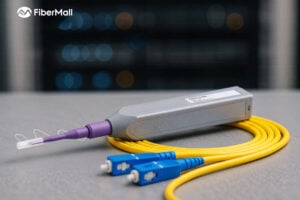
Essential Fiber Cleaners and Tools from FiberMall: Your Complete Guide to Maintaining High-Performance Networks
In the fast-paced world of data centers, cloud computing, enterprise networks, and telecommunications, reliable fiber optic connections are the backbone of seamless data transmission. However, even the most advanced fiber
Related posts:
- Is the CX7 NDR 200 QSFP112 Compatible with HDR/EDR Cables?
- Can CX7 NDR Support CR8 Transceiver Modules?
- What is the Maximum Transmission Distance Supported by InfiniBand Cables Without Affecting the Transmission Bandwidth Latency?
- Can the CX7 NIC with Ethernet mode interconnect with other 400G Ethernet switches that support RDMA?
